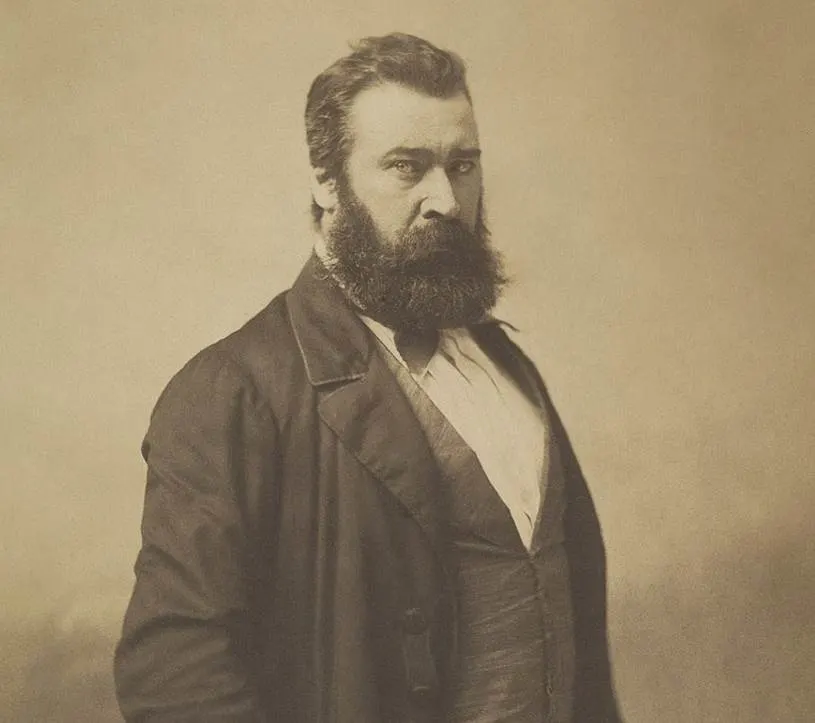When this French artist moved from crowded Paris to the rural area of Barbizon just to the south of the city, he became the leading figure of a new art movement.
Jean-François Millet (1814-1875) was a Realism artist who is famously known for his depiction of peasants in rural settings.
Millet’s paintings are considered to be some of the most iconic Realism paintings of the 19th century and these became a great source of inspiration for artists of future generations.
In this article, you’ll discover some of the most interesting facts about Jean-François Millet.
1. He was born in s small village in the Normandy region of France
Jean-François Millet was born in a small village called Gréville-Hague in the Normandy Region of France. Today, this village has merged into the town called “La Hague.”
It’s located in the utmost northwestern part of the region in North West France, not too far from the coast.
He was the first son of Jean-Louis-Nicolas and Aimée-Henriette-Adélaïde Henry Millet who were both members of the farmers’ community.

2. He received an art education after he worked on the farm for several years
Because he was the eldest son, he had to work on the farm of his parents. The knowledge he gathered during this period as an adolescent is reflected in the accurate depiction of farming techniques in his art.
Regardless of the fact that he was from a farming background, he did study Latin during his younger years.

He received his first art education in 1833 when he was 17 years. He studied painting with a portrait painter from the nearby city of Cherbourg called Bon Du Mouchel.
3. The artist moved to Paris in the late 1830s to study at a prestigious art school
After just a few years, when his talent became obvious, he was invited to study with Théophile Langlois de Chèvreville, a renowned artist in the region.
He believed in the young Jean-François because he paid the expenses for a trip to Paris and enough to start studying at the École des Beaux-Arts in the city.
He was mentored by Paul Delaroche (1797-1856) in Paris, a history painter who produced paintings depicting both French and English history.
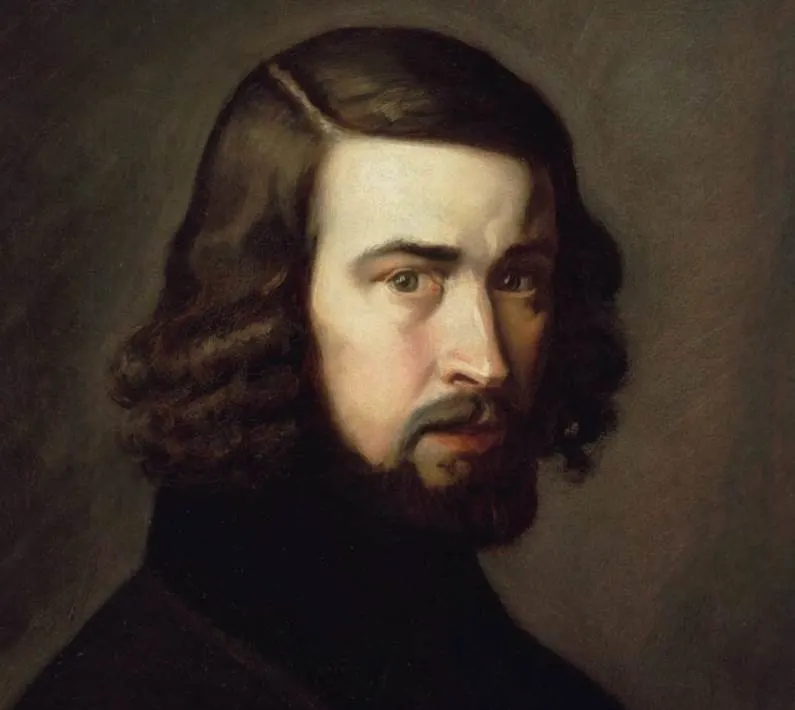
4. He planned to become a portrait painter but he got married instead
Since he had studied in Paris for several years, his dream was to have his artworks displayed at the Paris Salon, the most prestigious art exhibition in Europe.
Unfortunately, his first submission, a painting titled “Saint Anne Instructing the Virgin,” was rejected by the jury in 1839.
He did, however, manage to get a painting accepted the following year. Because this first success was a portrait, he returned to Cherbourg with the ambition to become a local portrait painter.
His career didn’t last long because he married his first wife, Pauline-Virginie Ono, in 1841. The couple moved to Paris shortly after.
5. The artist probably overpainted a work that was criticized at the Paris Salon
Disaster struck in 1844 when his wife died of Tuberculosis in April 1844. Some of his submissions to the Paris Salon were rejected again as well.
He found new love when he moved to Le Havre in 1845 and he married his second wife, Catherine Lemaire, in 1853. The couple had 9 children and stayed together until the artist passed away in 1875.
His first success at the Salon came in 1847 with a painting titled “Oedipus Taken down from the Tree.” He probably thought this paved the way for more.
He was wrong. His most ambiguous work, a painting titled “The Captivity of the Jews in Babylon,” was refused for the Paris Salon of 1848.
The painting was never seen anymore after the event. Although it remains unclear what happened to it, Millet certainly overpainted it when he completed “The Young Shepherdess.”

6. He moved to Barbizon in 1849 and started painting local peasants
He worked for a long period on what he considered to be his Magnum Opus so far, so the rejection probably caused a shock for the aspiring artist.
This notion is emphasized by the fact that he moved to Barbizon in 1849, a rural community just southeast of Paris.
Here he could go back to his roots as a farmer and he started painting peasants and farmers, often while they were at work in the fields around the town.

7. Jean-François Millet completed two of his most famous works in the late 1850s
The year he moved to Barbizon he was commissioned to paint a work titled “Harvesters Resting.” The success of this work was the preludetof the rest of his career.
He moved away from idealized paintings and sproducingrducing works that depict a realistic view of life on the farm.
By the end of the 1850s, he produced one of his most iconic works titled “The Gleaners” (1857).
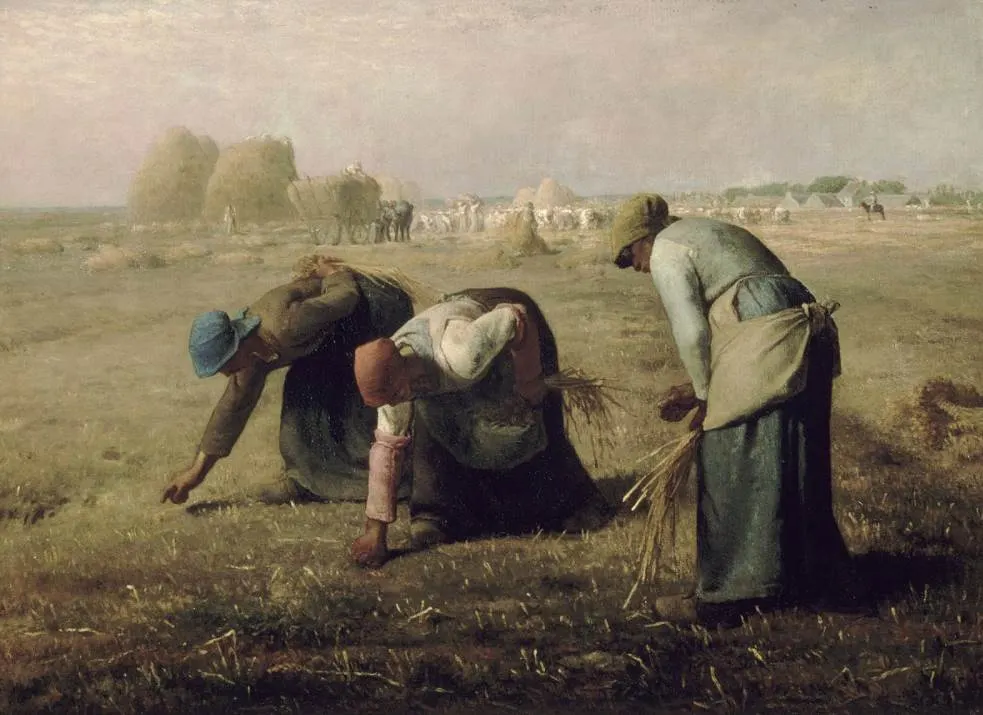
This was followed by an equally iconic painting titled “The Angelus” (1859). The latter became the most reproduced religious painting of the late 19th century.
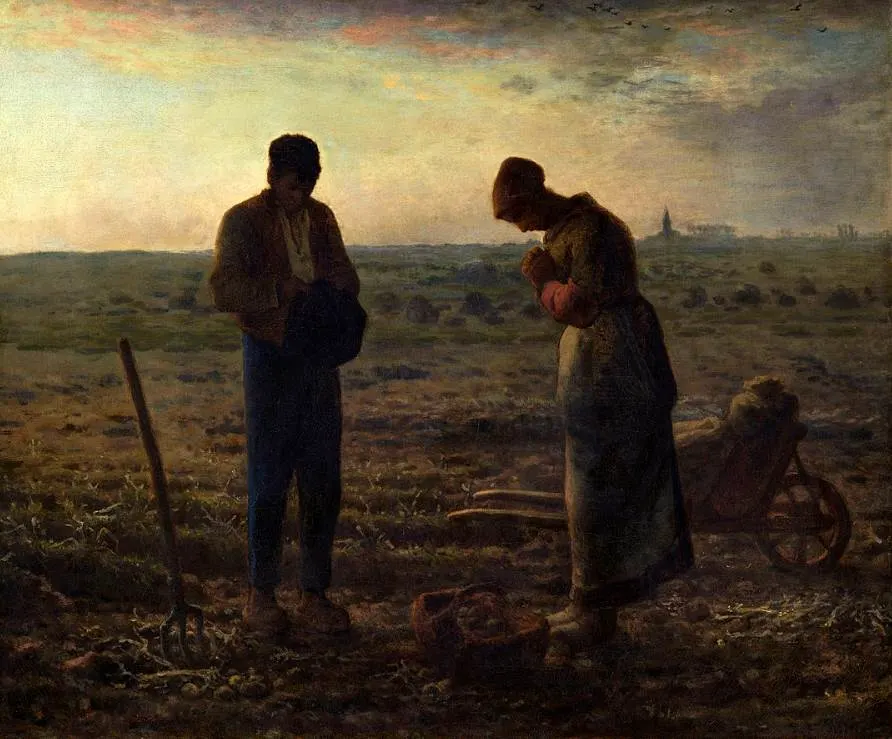
8. He became one of the most renowned artists in the 1860s
The paintings of Jean-François Millet were initially misidentified as Socialist paintings that attempted to glorify the working class.
Although the artist surely had sympathy for the working man, after all, he grew up on a farm, he never intended to make a political statement.
This is what differentiates Millet from his colleague Gustave Courbet (1819-1877), a man who was involved in Socialist politics which he reflected in his paintings.
Although his art continued to receive a lot of criticism from upper-class critics, there was a large group of followers who appreciated the quality of Millet’s paintings.
He earned a large number of prestigious commissions, was awarded a special exhibition during the Exposition Universelle of 1967, and even became a member of the jury of the Paris Salon of 1870.
9. He earned some major commissions in the 1870s but his health started failing
Millet’s career was skyrocketing during the 1860s and he received the ultimate recognition. He as named a Chevalier de la Légion d’Honneur, the highest order of merit in France.
Unfortunately, his joy was cut short when the Franco-Prussian War broke out in 1870 and he and his family had to flee to his native Normandy.
He didn’t return to Barbizon until late in the year 1871. He continued to receive commission and recognition but unfortunately, his health started to deteriorate a few years later.
He was unable to complete his final major government commission and died on January 20, 1875, 17 days after he married his second wife Catherine on January 3.
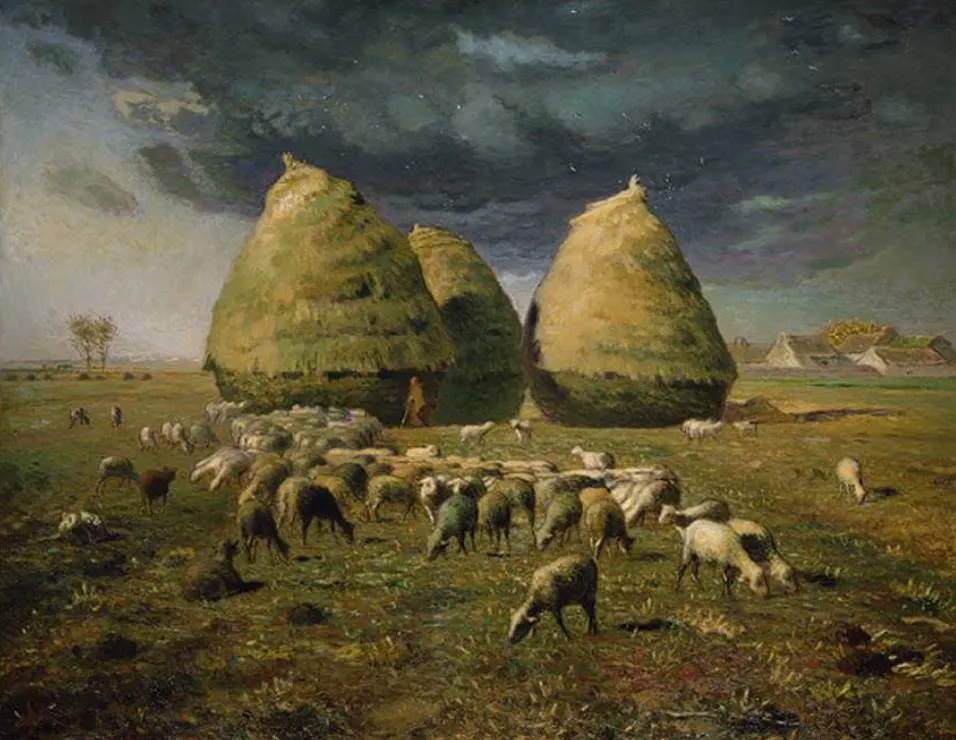
10. Millet was a major influence on some of the greatest artists in history
Jean-François Millet was one of the leading figures of the Barbizon School, an art movement related to Realism.
Unlike most other members, he also integrated figures during the first decade. Most other members solely produced landscapes depicting the area around Barbizon.
The French artist was a major influence on Vincent van Gogh (1853-1890), the Dutch artist who mentioned Millet many times in his letters to his brother Theo.
The landscapes that Millet produced during the final years of his career were influential to Claude Monet (1840-1926), the founding father of the Impressionist art movement.
This means that Jean-François Millet can be classified as one of the most influential artists of the 19th century.
